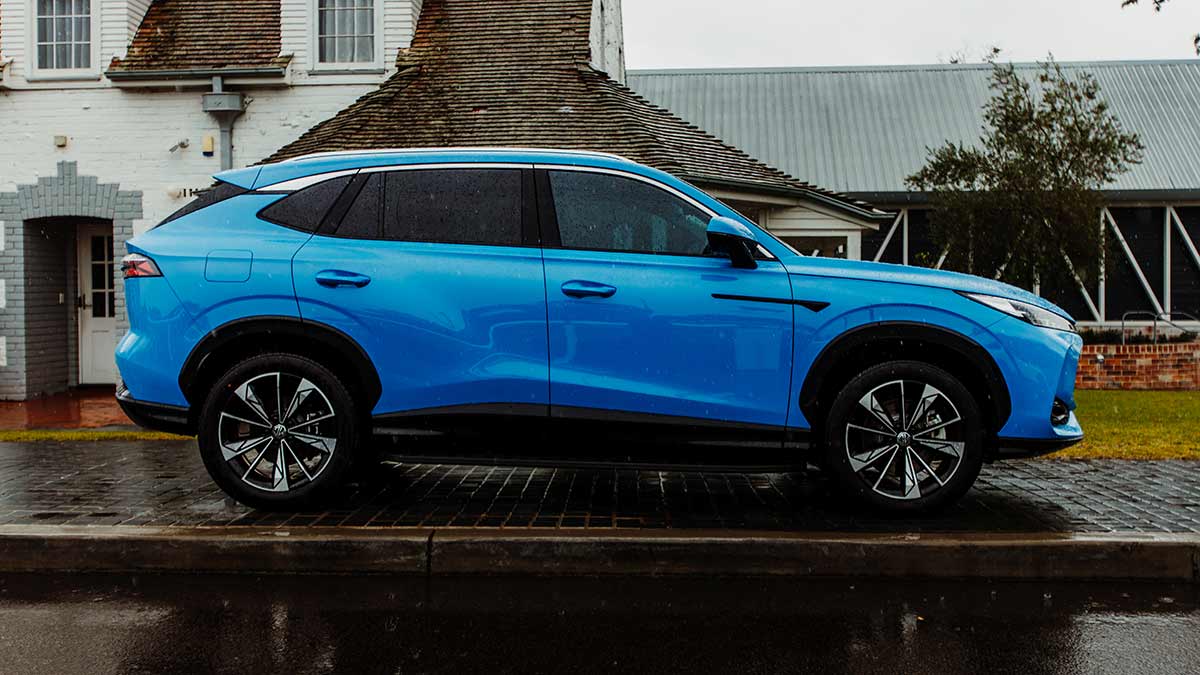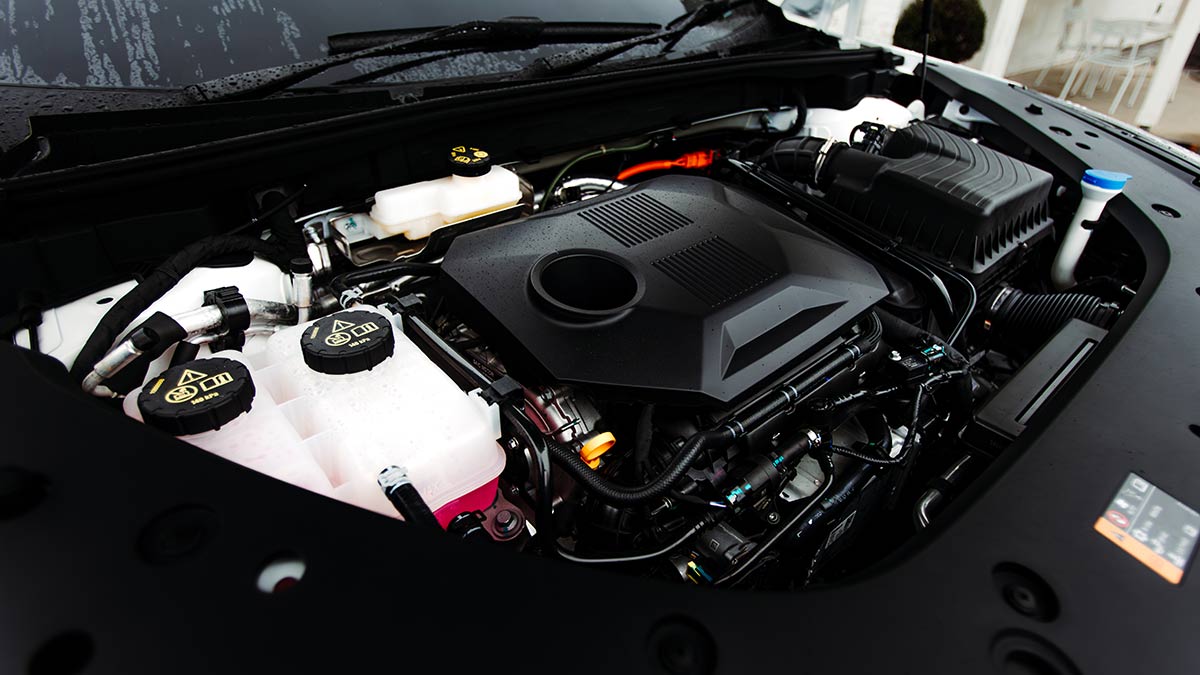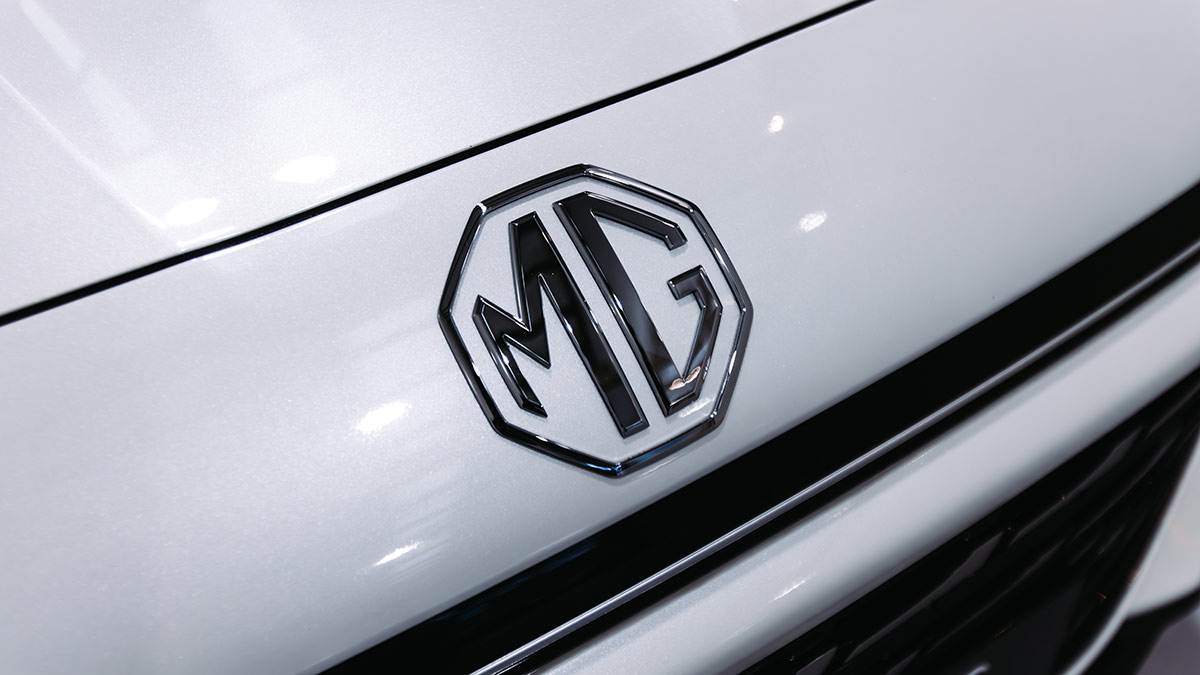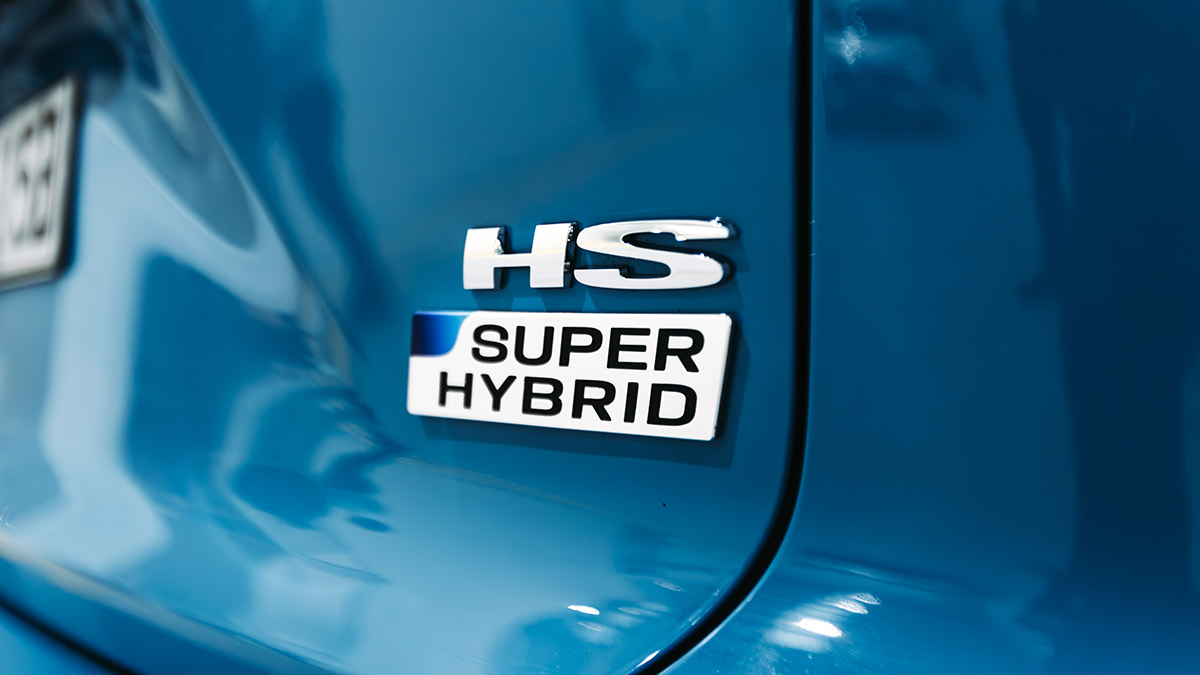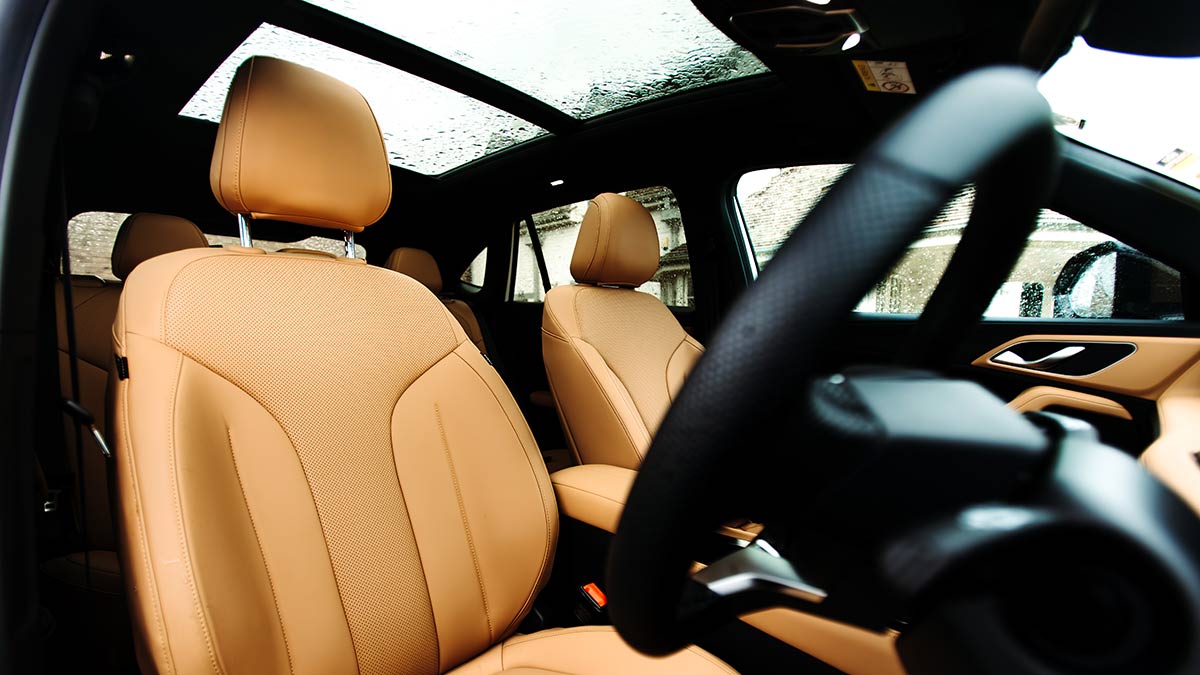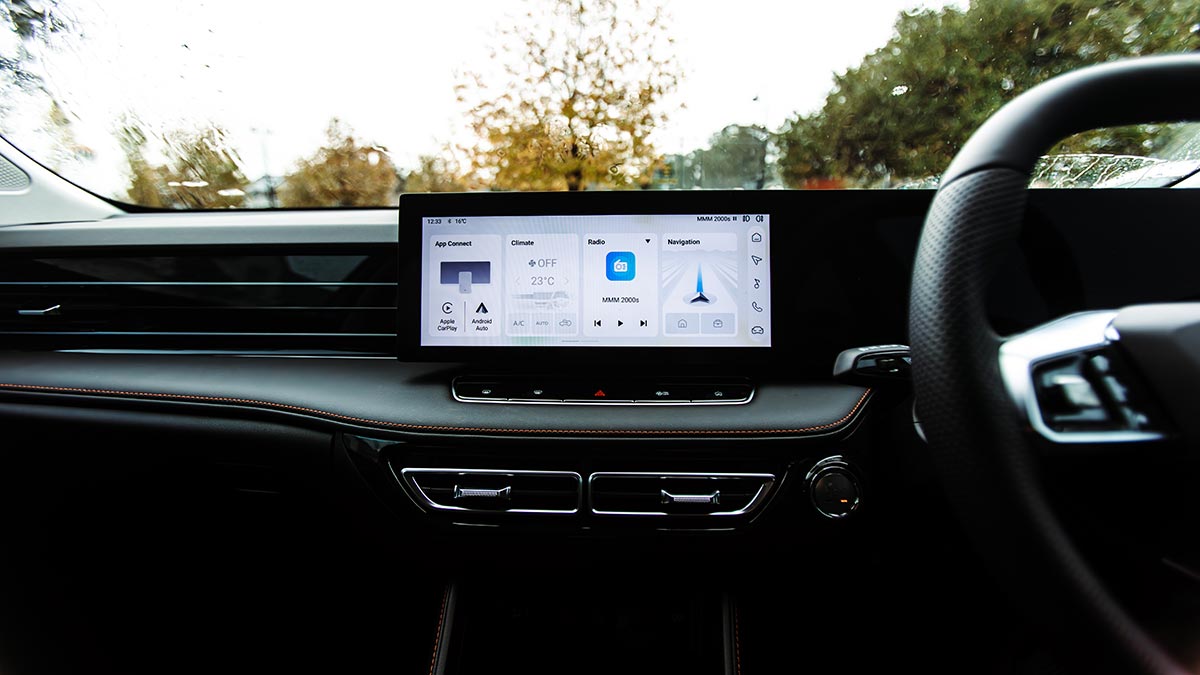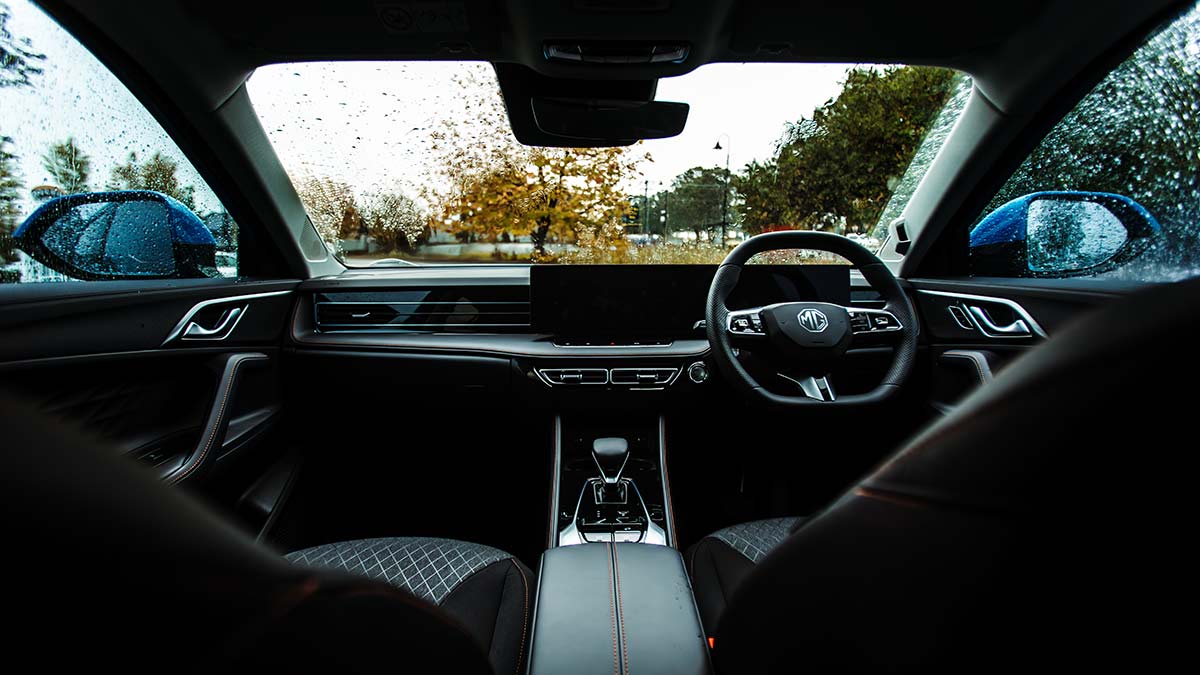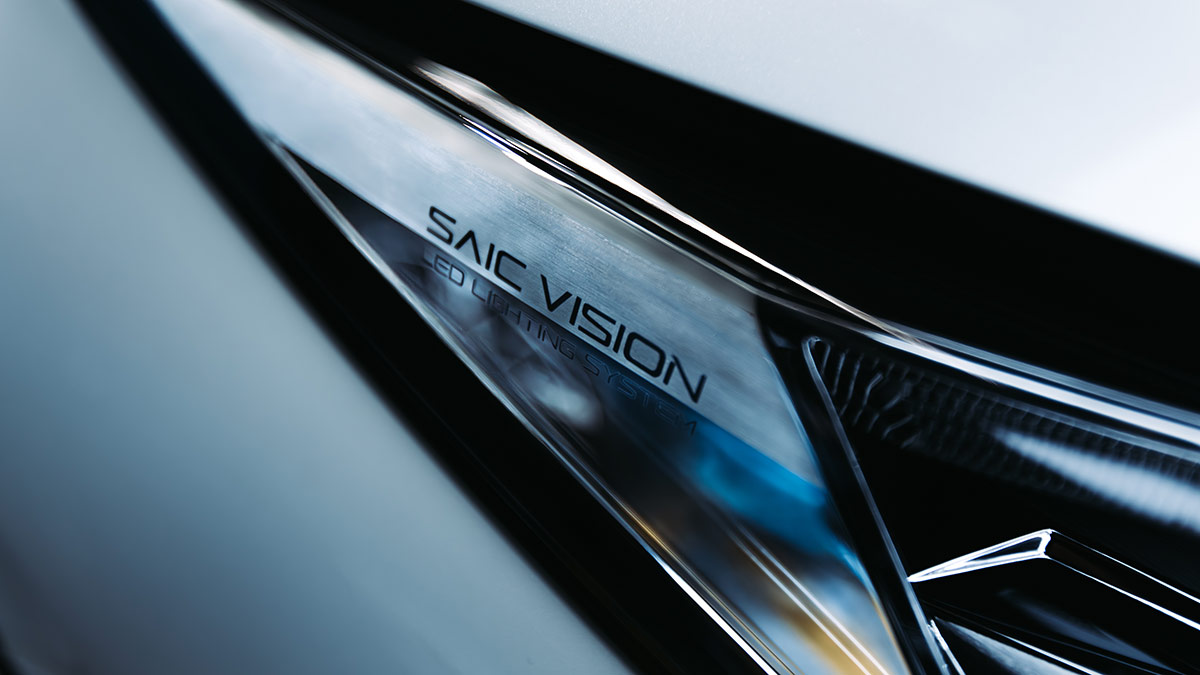Australians buy more SUVs than any other vehicle, so which are the cheapest and most affordable new small, medium, large 7-seater, off-road, hybrid and electric SUVs?
2025 MG HS Hybrid+ and Super Hybrid: price, specs and release date in Australia
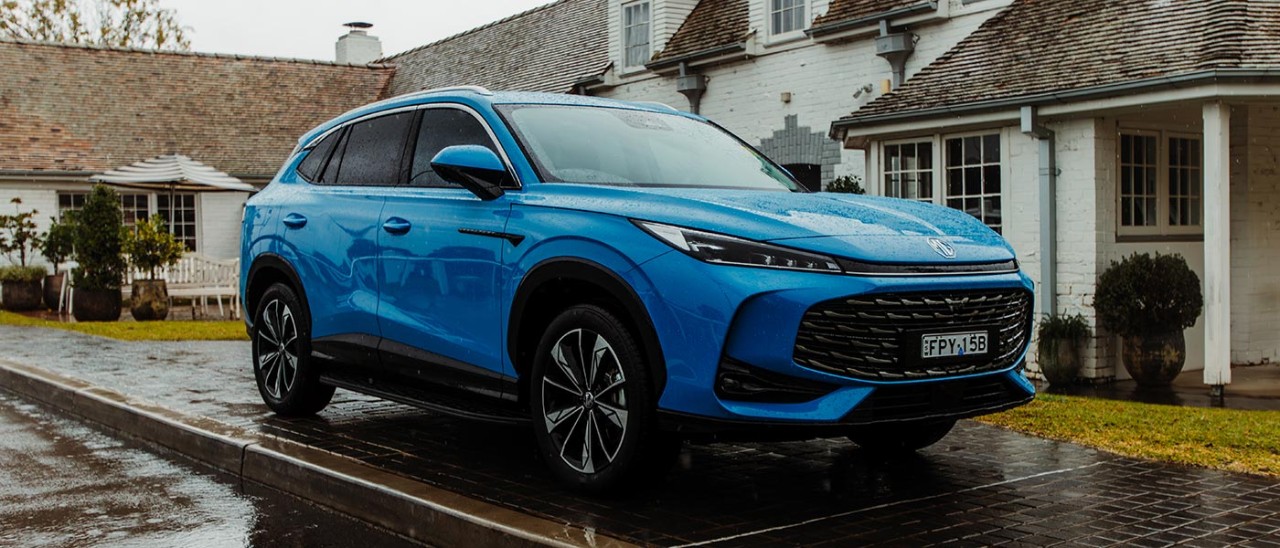
The MG HS medium SUV now has hybrid and plug-in hybrid (PHEV) options. Can they threaten the Toyota RAV4 and other major players? Here’s everything you need to know about the MG HS Hybrid+ and Super Hybrid.
Leading Chinese brand MG is working overtime to bring the MG HS medium SUV back onto car buyers’ consideration list with new hybrid models now available that provide a cheaper alternative to the top-selling Toyota RAV4 in Australia.
The second-generation MG HS launched late last year but has struggled to regain traction in the intensely competitive family mid-size SUV segment with the switch from the original model, which peaked at almost 11,000 annual sales in 2022 and was seen as a major threat behind the top five in class at that point: Toyota RAV4, Mazda CX-5, Mitsubishi Outlander, Kia Sportage and Hyundai Tucson.
Now, the 2025 MG HS range has been bolstered with the addition of both regular hybrid (Hybrid+) and plug-in hybrid PHEV (Super Hybrid) models that join the conventional turbo-petrol offerings with the brand’s usual formula that combines relatively affordable pricing with high equipment, appealing warranty provisions, good cabin accommodation and a competitive mechanical package.
Full pricing and specs are now available for the 2025 MG HS Hybrid+ and Super Hybrid, so let’s look at how they compare and whether they should find their way onto your shortlist.
More: Search and compare hybrid cars on sale today in Australia
In this article
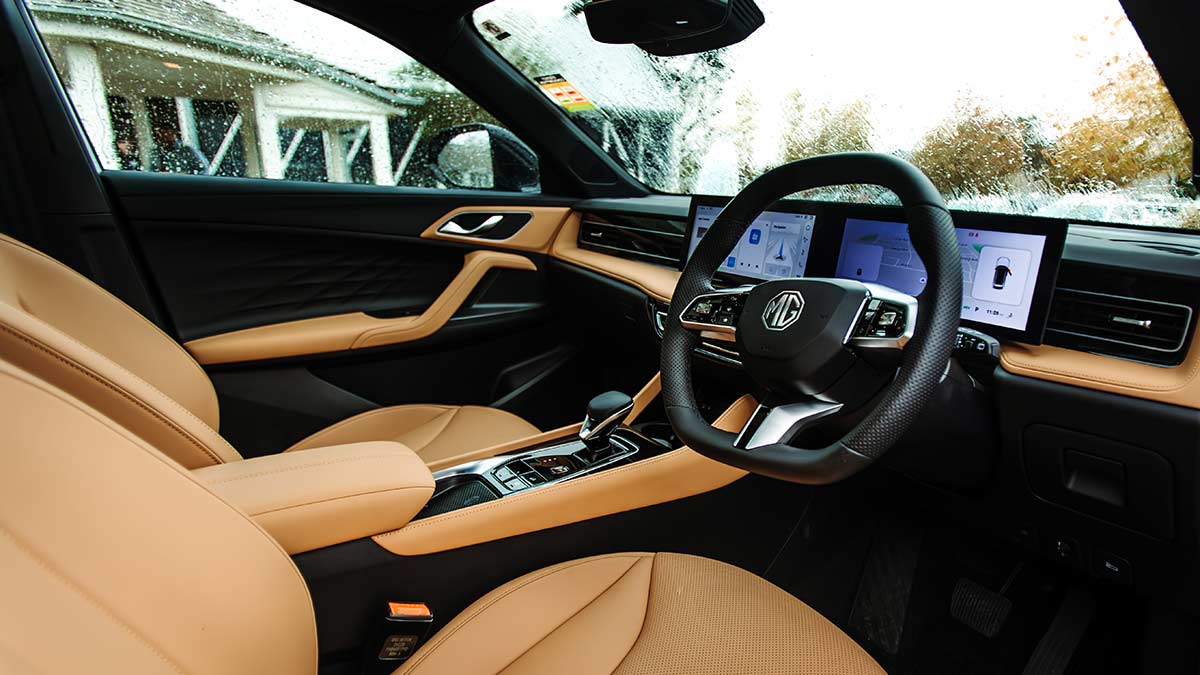
Dual 12.3-inch digital screens are fitted standard across the MG HS range, including the new hybrids.
When does the 2025 MG HS Hybrid and PHEV go on sale in Australia?
The 2025 MG HS Hybrid+ and MG HS Super Hybrid are beginning to arrive in Australian showrooms, the former providing MG with a regular hybrid powertrain in the best-selling medium SUV class for the first time while the latter sees the return of plug-in hybrid power to the HS range after the previous model left with the runout of the first generation last year.
Both are currently available in two model grades – entry-level Excite and top-spec Essence – which also mirrors the MG HS petrol-engine line-up that was launched in October 2024 and is currently being discounted to bring more buyers into showrooms.
How much does the MG HS Hybrid+ and Super Hybrid cost?
The 2025 MG HS Hybrid+ is priced from $40,990 driveaway for the entry-level Excite, rising to $44,990 driveaway for the Essence.
That represents a $5000 premium over the equivalent 1.5-litre turbo-petrol HS models and undercuts most of MG’s major petrol-electric rivals including the Toyota RAV4 Hybrid (from $47,041 d/a for Victorian private buyers), Hyundai Tucson Hybrid (from $47,664), Nissan X-Trail e-Power (from $48,990), Kia Sportage Hybrid (from $51,427) and Subaru Forester Hybrid (from $52,033).
The MG HS Hybrid’s closest rival is the GWM Haval H6 Hybrid, which matches the HS at the opening stanza with the Lux HEV at $40,990 driveaway – and gets the upper hand with the higher-tier Ultra HEV that’s priced from $43,990 driveaway.
The plug-in 2025 MG HS Super Hybrid variants carry a hefty $10,000 premium over their respective non-plug-in hybrid stablemates, starting at $50,990 driveaway for the Excite and $54,990 for the Essence.
This places the HS well ahead of PHEVs from compatriot brands, most notably the Chery Tiggo 7 Super Hybrid – the cheapest plug-in hybrid car in Australia, starting at $39,990 driveaway – as well as the BYD Sealion 6 (from $42,990), GWM Haval H6 PHEV (from $44,990), Leapmotor C10 REEV Ultra Hybrid (from $45,900) and Jaecoo J7 SHS (from $47,990).
The MG does, however, slot in below the popular Mitsubishi Outlander PHEV, which starts at $57,990 driveaway.
MG passenger cars and SUVs sold in Australia are covered by a seven-year/unlimited-kilometre factory warranty for the vehicle, however the high-voltage battery in the hybrids has a 150,000km distance limit with the seven-year term. The warranty for the car can extend to 10 years/250,000km (whichever comes first) if scheduled servicing is done by an authorised MG dealer.
Speaking of which, the service intervals for Hybrid+ and Super Hybrid are both 12 months/15,000km. We have contacted MG Australia and individual dealers for servicing costs, but these are still to be confirmed.
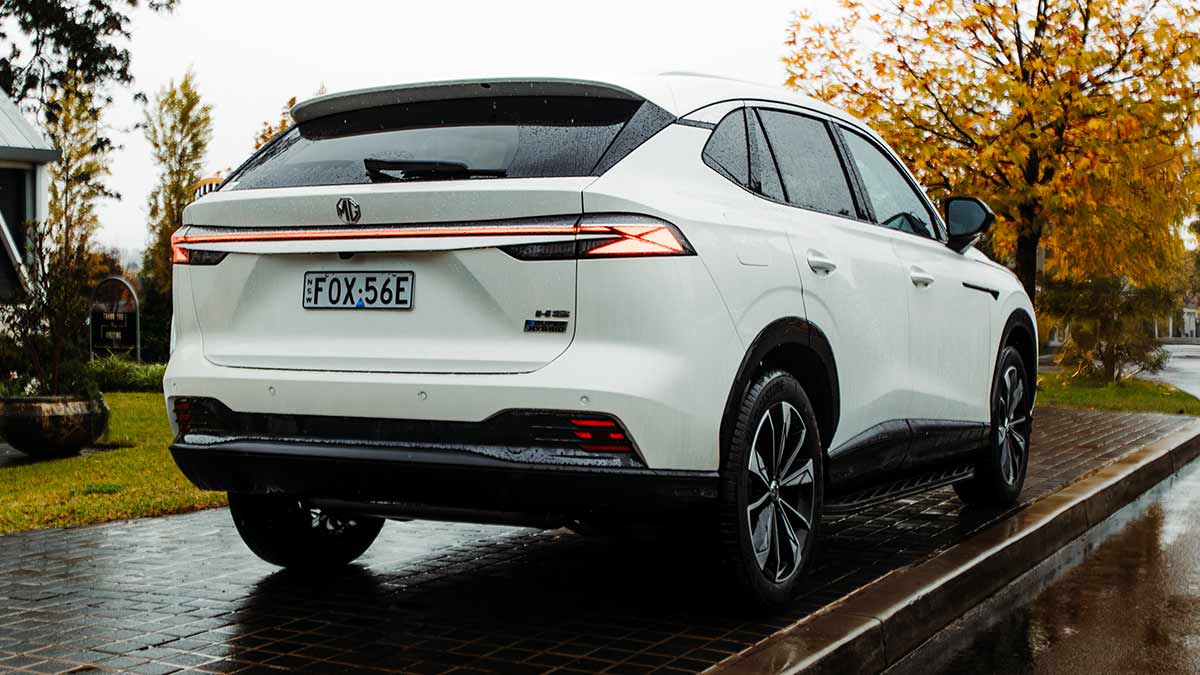
Super Hybrid versions of the MG HS carry a $10,000 premium over non-plug-in Hybrid+ variants.
MG HS Hybrid+ and Super Hybrid design and specification
The 2025 MG HS Hybrid+ and Super Hybrid slot neatly into the medium family SUV class – the most popular category in Australia – with a design that’s typical for this genre. Longer (4670mm), wider (1890mm) and taller (1655mm) than the previous generation, and sitting on a stretched 2765mm wheelbase, the proportions of the new HS maximise interior room while the exterior has common styling cues such as creased surfaces, an arched roofline, muscular rear haunches and slimline LED headlights front and rear.
All models have 19-inch alloy wheels, an alarm and engine immobiliser, silver roof rails, automatic headlights, tinted rear windows, remote entry/start and an electronic park brake with auto-hold function.
The $4000 premium brought with Essence over Excite is found with the higher-spec model’s panoramic sunroof, front parking sensors, front fog lights, power tailgate, folding door mirrors, dual-zone climate control, electric driver’s seat lumbar support, electric front passenger seat adjustment, front seat heating, PVC seat trim (over cloth) and a few extra infotainment features detailed in the safety and technology section below. It also has the option of lighter tan cabin upholstery ($700).
The White Pearl metallic exterior paint shown on this page is a no-cost option, but other metallic colours add $700 to the bottom line: Arctic Blue (also shown here), Cashmere Silver, Lunar Grey, Black Pearl and Diamond Red.
MG says there is no penalty in terms of luggage capacity with the hybrid and PHEV systems onboard the medium SUV. As with the petrol HS, the electrified versions have a 507-litre luggage volume when the 60/40-split folding rear seats are upright, increasing to 1484L when the backrests are lowered.
The HS Hybrid+ uses a space-saver spare wheel, which is inferior to a full-size replica of the 19-inch rims found at each corner of the car, while the Super Hybrid has no spare at all. Instead, MG provides a puncture repair kit.
What powers the MG HS Hybrid and Plug-in Hybrid?
All powertrains in the 2025 MG HS range, including the regular petrol models, are based around a 1.5-litre four-cylinder turbo-petrol engine that runs on 95 RON premium unleaded fuel. In the case of the Hybrid+ version, the engine produces 105kW of power and 230Nm of torque and teams up with a 146kW/340Nm electric motor/generator to produce a combined output of 165kW/340Nm.
The hybrid system includes a 1.83kWh battery and two-speed hybrid transmission that sends drive torque to the front wheels. Official fuel consumption on the laboratory-based ADR 81/02 combined cycle test is listed at 5.2L/100km. On the city/urban cycle, the figure drops to 4.2L/100km, while on the highway/extra-urban cycle it climbs to 5.8L/100km.
For comparison, the petrol-only MG HS – which is 97kg lighter than the hybrid at 1559kg (based on the Excite) – has a 125kW/275Nm engine tune, seven-speed dual-clutch automatic and returns 6.9L/100km (combined), 8.9L/100km (urban) and an equivalent 5.8L/100km (extra-urban).
These figures show how the hybrid’s advantage is found in city driving – and even more so with the plug-in hybrid option.
The PHEV system in the MG HS Super Hybrid has the same 105kW/230Nm 1.5-litre turbo-petrol engine but features a higher-output e-motor that develops 154kW (and the same 340Nm). Combined output is a stronger 220kW and 350Nm, still driving the front wheels via a two-speed automatic transmission but using a bigger, rechargeable lithium iron phosphate (LFP) battery that enables EV-only driving.
MG claims the 24.7kWh battery pack allows for a 120km electric-only range using the WLTP test method, which means the 1820kg SUV (164kg more than the regular Excite hybrid) can potentially be operated like an EV for short commutes around the city if the owner ensures the battery has sufficient charge. In total, MG claims a driving range of more than 1000km is possible on a single tank (55 litres) under the right conditions.
The EV driving efficiency for the HS Super Hybrid is 18kWh/100km, according to the carmaker, while fuel economy is said to be around 5L/100km when driving with a depleted battery. It should be much lower when driving with e-motor assistance around town.
MG says the HS Super Hybrid’s battery can be fully recharged in four hours using a 7kW AC home charger. Plugging into a standard 10-amp domestic power point will take a claimed 7.3 hours. The battery is not compatible with DC charging found at public fast-charge stations.
The claimed 0-100km/h acceleration for the HS Hybrid+ is 7.9 seconds, down to 6.8sec for the Super Hybrid. The petrol-engine HS hits the national highway limit in a claimed 9.6sec.
All MG HS models offer a 1500kg maximum braked towing capacity, which is a common threshold for the medium SUV class and should make it suitable for hauling a light trailer.
More: Pros & cons of buying a used plug-in hybrid or hybrid car
What safety and technology features on the MG HS Hybrid cars?
Petrol variants of the 2025 MG HS carry a maximum five-star ANCAP safety rating based on testing conducted in 2024, but additional testing will be required for the new hybrid versions.
Across the four major assessment categories, the petrol HS scored 90 per cent for adult occupant protection, 87 per cent for child occupant protection, 83 per cent for vulnerable road user protection and 74 per cent for safety assist. These are generally high scores, however ANCAP noted areas where protection was deemed ‘poor’ (vulnerable road user head protection) and ‘marginal’ (rear passenger chest protection and autonomous emergency braking performance when reversing).
The AEB system on the MG HS is designed to detect other cars, pedestrians, cyclists and motorcyclists. As well as operating in forward and reverse, AEB can also function at intersections.
In terms of lane support, the HS has lane keep assist, lane departure warning and an emergency lane keeping response. The car also includes adaptive cruise control, a basic driver monitoring system, speed sign recognition, blind spot detection and tyre pressure monitoring, but goes without an automatic emergency call system (eCall) in the event of a crash. This is despite MG offering other connected services through its iSmart app such as location tracking, remote lock/unlock and checking vehicle status (12 months of complimentary access).
Occupant protection measures extend to seven airbags including dual front, front side, side curtain airbags front and rear and a centre airbag between the driver and front passenger. For child seats, the outboard rear positions have ISOFIX points and all three rear seats have top tether strap anchors.
Tech-wise, the HS features a 12.3-inch digital instrument cluster and a 12.3-inch centre touchscreen with wireless Apple CarPlay and Android Auto, Bluetooth, satellite navigation and digital radio. A higher-grade eight-speaker stereo (up from a six-speaker unit), 360-degree camera and wireless phone charging pad are provided with the Essence, while all variants have four USB outlets (two front and rear) and a reversing camera.
More: What is eCall and how crash detection technology can save lives
The information provided is general advice only. Before making any decisions please consider your own circumstances and the Product Disclosure Statement and Target Market Determinations. For copies, visit racv.com.au. As distributor, RACV Insurance Services Pty Ltd AFS Licence No. 230039 receives commission for each policy sold or renewed. Product(s) issued by Insurance Manufacturers of Australia Pty Ltd ABN 93 004 208 084 AFS Licence No. 227678.
